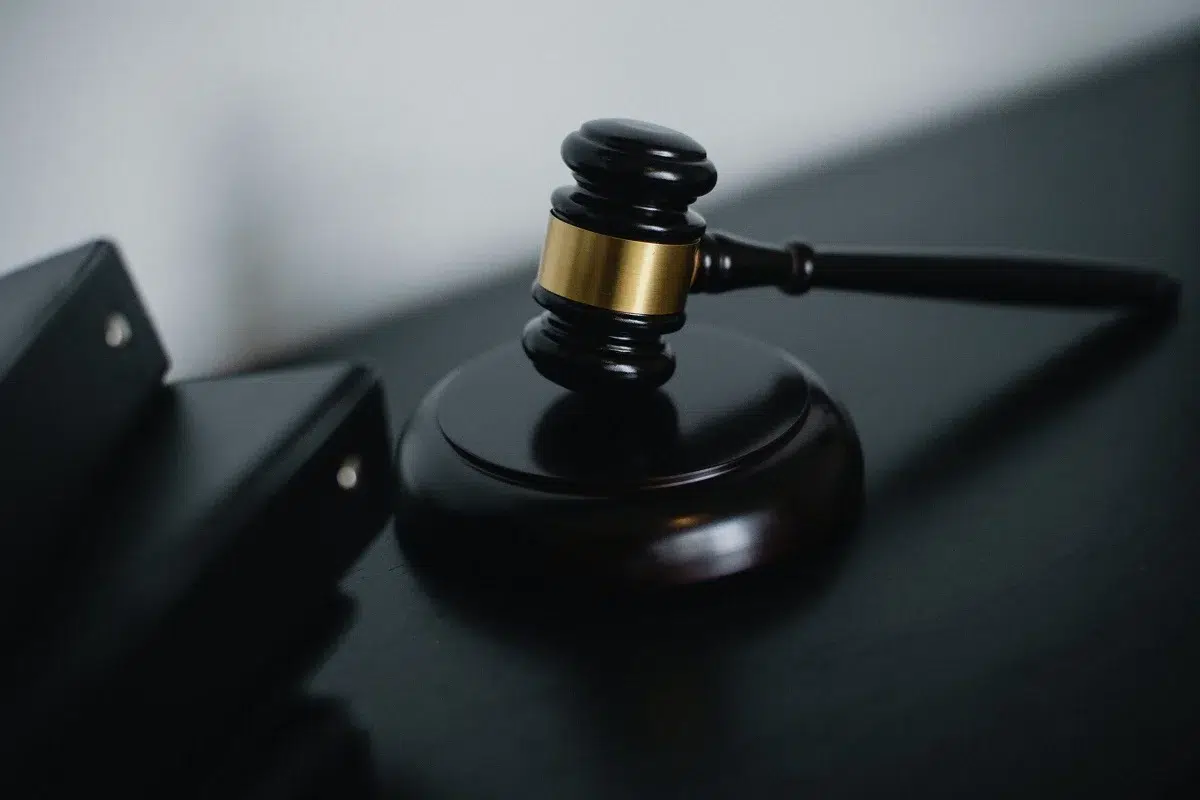The Baker Act, also known as the Florida Mental Health Act provides a chance to legally force a person into a qualified facility to be evaluated. The process is commonly referred to as “Baker Acting” someone. From there, a proper diagnosis of their mental health can be conducted. But what happens after The Baker Act? We explore your options for helping your loved ones get the help they need.
What Is The Baker Act?
The Baker Act is a Florida law that addresses people who need urgent mental health care. It was sponsored by former Florida representative Maxine Baker in 1972. The law allows families and other loved ones to seek and receive emergency mental health services for someone. This proves helpful when a person is unable or unwilling to recognize they need help for their mental illness, and their lives have spun out of control because of it. It should be used when all other avenues have been exhausted.
The Baker Act allows mental health professionals, doctors, and judges to make the decision to commit a person to a facility to be examined. They can be held for up to 72 hours. This allows the mental health professionals time to examine the individual and determine their full condition. If they decide the person does not present a danger to themselves or others, they will be released.
What Criteria Must Be Met For Using the Baker Act?
Specific criteria must be met in order for The Baker Act to come into play. This is to prevent potential abuse of the system and ensure the person that is the focus of attention does not suffer needlessly. The Baker Act is meant to use for a person who no longer has self-control because of poor mental health.
The criteria for using the Baker Act include:
- The person is mentally ill.
- They refuse to participate voluntarily in a mental health evaluation or believe they do not need one.
- They prove to be a threat to themselves or someone else.
- They are incapable of taking care of themselves.
Additionally, a person can take advantage of the Baker Act on a volunteer basis. This allows them to obtain the services provided to others but can be easier because the person enters the program willingly. What happens after The Baker Act depends on the outcome of using it.
What Happens When You Baker Act Someone?
- Evaluation: A mental health professional, law enforcement officer, or other qualified individuals determine that the person meets the criteria for the Baker Act. The criteria include evidence of mental illness and a substantial likelihood of causing harm to oneself or others, or self-neglect.
- Involuntary examination: The person is taken into custody and transported to a designated mental health facility or crisis stabilization unit. This can be done by law enforcement officers, emergency medical services, or other qualified transport services.
- Assessment: At the mental health facility, a psychiatrist, psychologist, or other qualified mental health professional evaluates the person’s mental health status to determine if they require further treatment.
- Involuntary treatment: If the evaluation indicates that the person requires further treatment, they can be held for up to 72 hours for stabilization and treatment. During this time, the individual’s rights are protected, and they have access to legal representation.
- Court hearing: If it is determined that the individual needs longer-term treatment, a petition can be filed with the court for involuntary commitment. A hearing will be held, where a judge will review the case and decide whether the person meets the criteria for involuntary commitment.
- Release or commitment: Depending on the judge’s decision, the person may be released from the facility or committed to further drug or alcohol rehab. If committed, the individual will receive a treatment plan that addresses their specific needs.
It is important to note that the Baker Act is intended to be a last resort for individuals experiencing a mental health crisis, and it is meant to ensure the safety and well-being of the person involved as well as others in the community.
Signs and Symptoms of Poor Mental Health
When a person suffers from poor mental health, there are often certain signs and symptoms. Sometimes it can be hard for the person to see them, but it can also be difficult when loved ones don’t know what to look for. Emotional signs and symptoms of someone struggling with a mental illness include:
- Feeling depressed
- Anxiety or panic attacks
- Moodiness
- Acting aggressively
- Difficulty thinking or concentrating
- Constantly worrying or feeling scared
- Feelings of guilt
- Delusion
- Paranoia
- Hallucinations
- Difficulty relating to and communicating with people
- Suicidal thoughts or actions
Physical signs and symptoms of mental illness include:
- Sleeping too little or too much
- Low energy
- Changes in appetite or weight
- Lower libido
- Unexplained aches and pains
- Digestive issues
- Withdrawing from friends and family
- Loss of interest in hobbies and pastimes
- Using or abusing alcohol or drugs
Steps For Using The Baker Act
There are a couple of approaches to using the Baker Act. First, if a person is acting irrationally due to mental illness, law enforcement officers can step in. The loved one can call the police and report the situation. This will include if the person seems detached from reality and unable or unwilling to help themselves. Additionally, they can let the police know if the person constitutes a threat to themselves or others. Law enforcement officers can come out and attempt to transport the person to a facility for assessment.
Another option is to petition the court to use The Baker Act in relation to the individual. Several mental health facilities qualify as places a court will order the person to be sent in order to assess their mental health. The petition can be filed at the Clerk of Court office in the county in which the person resides.
What Happens After A Baker Act Has Been Lifted?
After the lift of a Baker Act, several things may occur, depending on the person’s specific circumstances and the recommendations of the mental health professionals involved in their care:
- Discharge plan: Before being released, the mental health professionals will typically create a discharge plan for the individual. This plan may include recommendations for follow-up care, such as outpatient rehab, psychiatric appointments, or support group attendance. The plan is designed to ensure that the person continues to receive appropriate care and support after being released from the facility.
- Connection to resources: The facility may connect the individual with resources in their community, such as mental health providers, social services, or support groups. The goal is to provide ongoing assistance and promote the person’s well-being and stability.
- Family involvement: If appropriate and permitted by the individual, mental health professionals may involve the person’s family or support network in their ongoing care. This can help ensure a smooth transition back to daily life and provide a support system for the person in need.
- Voluntary treatment: In some cases, individuals may choose to continue their treatment voluntarily after the Baker Act has been lifted. This can include regular therapy sessions, medication-assisted treatment, or other forms of mental health care.
- Monitoring and follow-up: The individual may have follow-up appointments scheduled with mental health professionals to monitor their progress and adjust their treatment plan as necessary.
What’s The Difference Between The Baker Act and the Marchman Act?
Both the Baker Act and the Marchman Act deal with involuntary intervention in crisis situations, the Baker Act focuses on mental health crises, whereas the Marchman Act targets substance abuse issues. The processes and criteria for each act are different, reflecting the distinct nature of the crises they address.
Key aspects of the Baker Act:
- Targets mental health crises.
- Involves involuntary examination and potential temporary commitment.
- Criteria include evidence of mental illness, a substantial likelihood of causing harm to oneself or others, or self-neglect.
- The person is evaluated by mental health professionals and may be held for up to 72 hours for stabilization and treatment.
- Court hearings may occur if longer-term involuntary commitment is necessary.
Key aspects of the Marchman Act:
- Targets substance abuse crises.
- Involves involuntary assessment, stabilization, and treatment of individuals with substance abuse issues.
- Criteria include a loss of self-control regarding substance use and a risk of harm to oneself or others.
- An assessment is conducted by licensed professionals to determine the need for treatment.
- Court hearings may occur to determine whether involuntary treatment should be extended or terminated.
Find Mental Health + Addiction Treatment in Tampa
Life with poor mental health limits a person. They often find it hard to take care of themselves and to live a full life. Tampa Bay Recovery Center has several options for proven dual diagnosis treatment in Tampa. Ouroutpatient rehab in Tampa teaches you to understand exactly what your mental health diagnosis is and how to treat it. From there, better mental health is in your grasp. Visit our admissions page to find out how our programs work. We can answer any questions you have.







